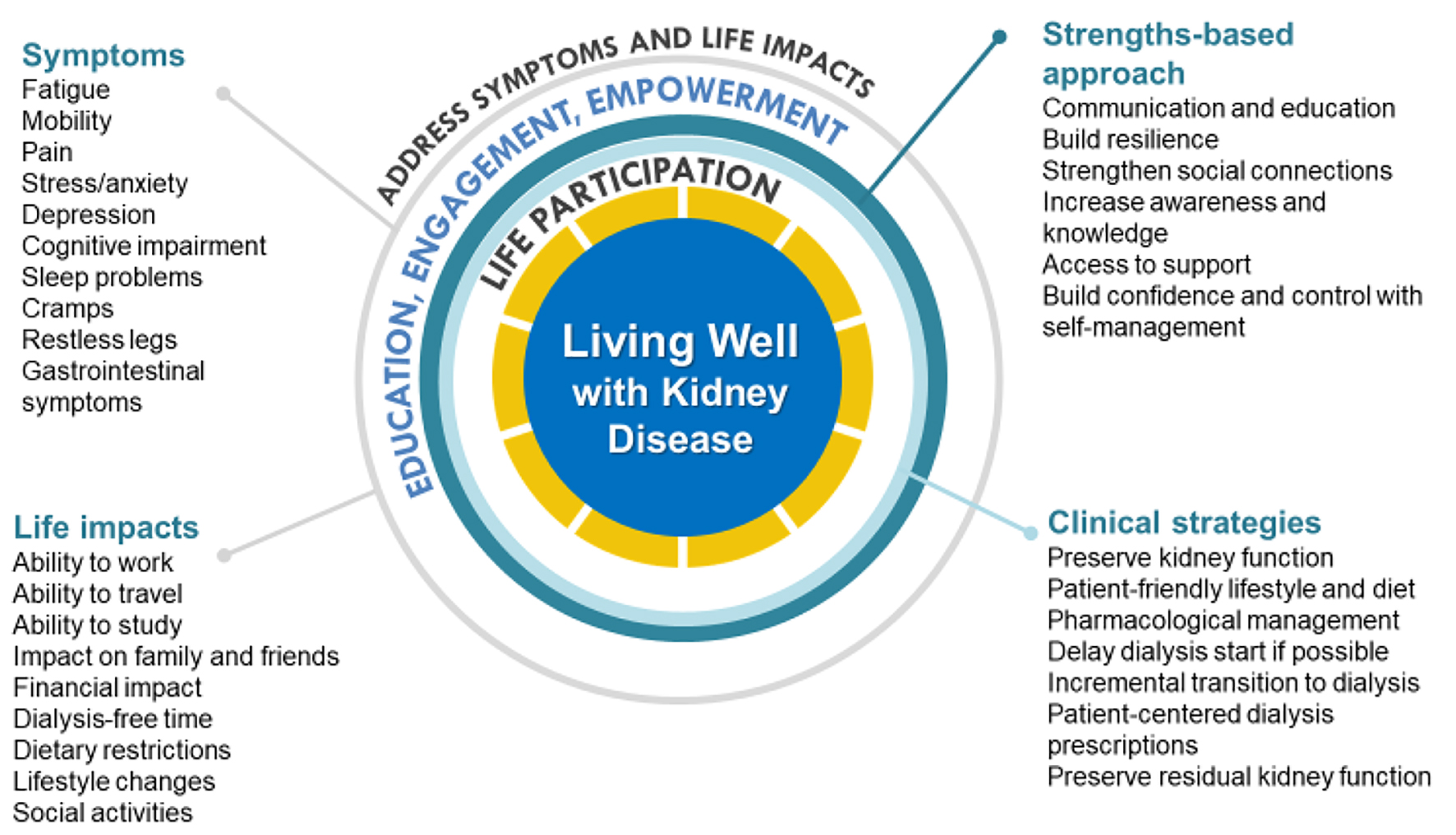
Figure 1. Conceptual framework of “living well with kidney disease” based on patient centeredness and empowering patient with focus on effective symptom management and life participation.
| World Journal of Nephrology and Urology, ISSN 1927-1239 print, 1927-1247 online, Open Access |
| Article copyright, the authors; Journal compilation copyright, World J Nephrol Urol and Elmer Press Inc |
| Journal website https://www.wjnu.org |
Review
Volume 10, Number 1, September 2021, pages 1-6
Living Well With Kidney Disease by Patient and Care-Partner Empowerment: Kidney Health for Everyone Everywhere
Figure

Table
| Strengths-based approach | Suggested strategies |
|---|---|
| CKD: chronic kidney disease (not receiving kidney replacement therapy. | |
| Build resilience | Identify or provide strategies and resources to manage stress and functioning when encountering challenges, adversity and trauma (e.g. commencement of dialysis) |
| Harness social connections | 1) Facilitate connections with other patients to learn coping strategies and for support; 2) Support family members/caregivers |
| Build awareness and knowledge | 1) Provide education (including practical advice) on diet and lifestyle modifications; 2) Understand, identify and address the potential impacts of CKD (e.g. cognitive function); 3) Encourage patients to ask questions; 4) Encourage the use of knowledge to empower and prepare for the future |
| Facilitate access to support | 1) Refer to allied health care professionals (e.g. dietitian, social worker, mental health professionals, occupation therapists); 2) Provide support that enables the patient to participate in important life activities (e.g. work) |
| Establish confidence and control in self-management | 1) Support informed and shared decision-making (including dialysis, kidney transplantation, conservative or non-dialytic care); 2) Encourage patients to learn to “get in tune” with what works well for them and to voice any concerns, and work together to develop better management strategies to enable patients to feel better; 3) Provide strategies to prevent or manage complications (e.g. infection); 4) Support open communication regarding goals, concerns and priorities |